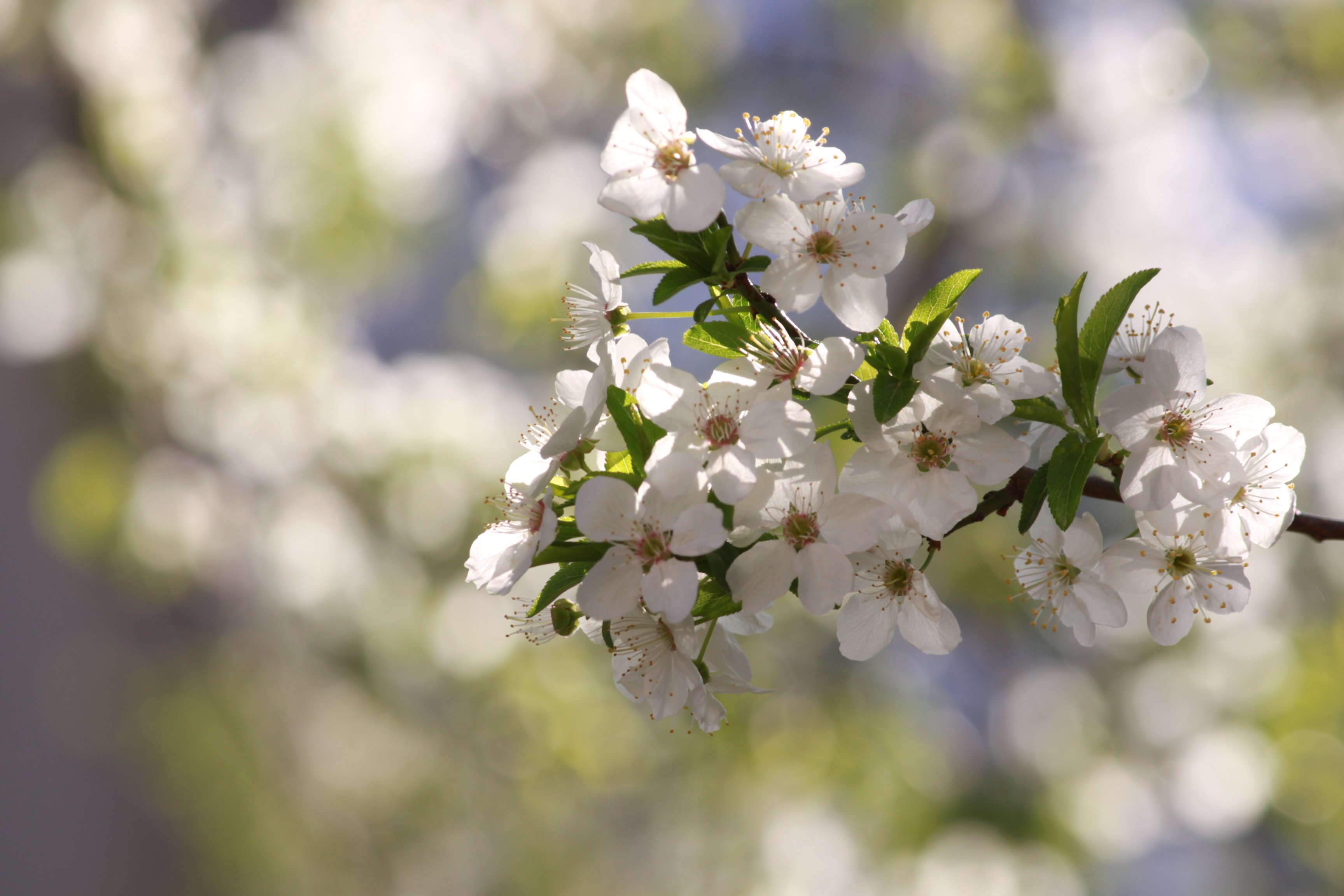

The region’s gentle rolling hills and jagged mountain ranges crossed with a patchwork of vineyards, olive groves, lavender fields and postcard-perfect villages – all crowned by the Mont Ventoux – pretty much amount to our dream of Provence.
#PURPLE TREE PHOTOGRAPHY MANUAL#
If you’re renting a car be sure you’re adept with a manual transmission or pay a little more for an automatic – you will be glad you did as it makes the steep roads far easier to handle.Īs the closest point to the Avignon TGV station and car rentals, and a straight shot north from Marseille and its airport, the Vaucluse is a good starting point. You must also be careful of tourists darting across the road for the perfect Instagram shot.


#PURPLE TREE PHOTOGRAPHY DRIVERS#
A big mistake, as on one side, the hairpin curves hide careless drivers until they’re basically at your grille, while the other side is bordered by stone walls and sheer drops. Also keep in mind that everyone else needs one too, and in the most beautiful spots you may find yourself in frustrating lines of traffic.Ĭrowds thin out a bit in the Drôme Provençale but here you’ll need to take more care as this is the pre-Alps where you’ll be navigating serpentine mountain roads whose astonishing scenery may tempt your eyes away from the road. Keep in mind before you go that you will need a car. This is, after all, someone’s livelihood. The rule in the lavender fields is you can look but don’t touch. The very best time to see the lavender fields is at sunrise or sunset, when there are fewer people, the light is gentle and golden, and temperatures are cooler. July 14 is la Fête nationale française (Bastille Day to British and Americans), and the beginning of France’s grand départ, when the French drop whatever they’re doing and abandon the cities for more rural regions, more than doubling the traffic in Provence. The harvest begins in mid-July but varies from year to year depending on temperatures and rainfall.

The lavender bloom begins in the warmer southern regions in mid-June and unfolds progressively according to altitude, with blooms arriving later in the cooler mountains and peaking throughout July and into August. Lavender and tourism are two of Provence’s biggest industries and during lavender season you’ll be fully immersed in both. But each circuit could also be covered in a four-day weekend with stops for taking in the scenery and some picnics along the way. You can do all three of these circuits in a week to ten days – or a more enjoyable two weeks, for those with the time. We’ve broken down the many routes into three essential itineraries that cover the best scenery, villages and lavender-themed activities. Provence’s lavender routes cover more than 600 miles and the region’s most photogenic scenery and villages, stretching east from the Vaucluse and Luberon to Grasse and the Côte d’Azur, and all the way north to the mountainous upper reaches of the Drôme Provençale. Swathes of the spiked flower’s vividly hued clusters rolling in long iridescent waves to the mountains beyond is indeed a sight to behold. Lavender is to Provence what tulips are to Holland, or cherry blossoms to Japan. Jennifer Ladonne hits the road to sniff out the most mesmerising violet vistas and the prettiest of perched villages. The lavender fields of Provence are among the most iconic sights in France.


 0 kommentar(er)
0 kommentar(er)
